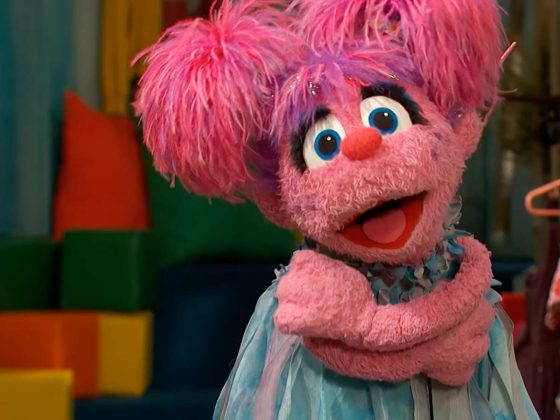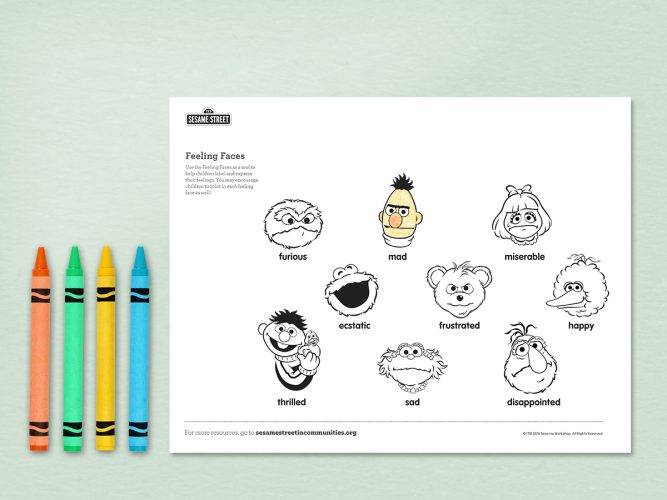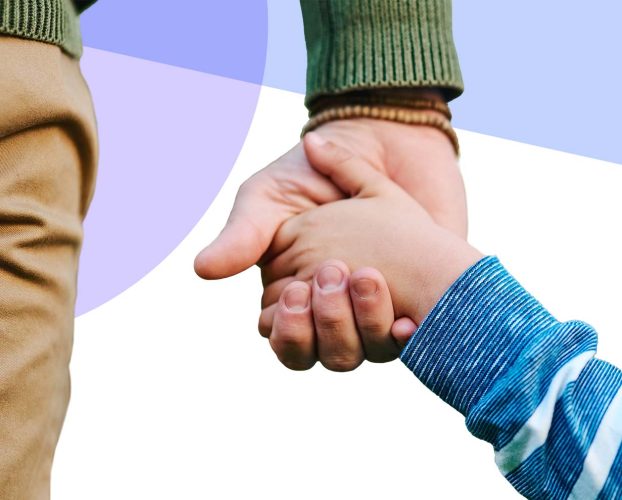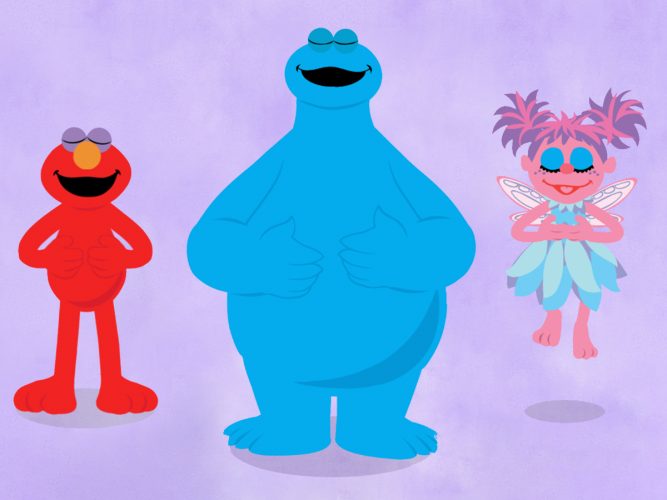
Giving Yourself a Hug
Giving yourself a hug is one coping strategy that can help children rebuild a sense of safety.
Trauma—the physical and emotional responses of a child to events that threaten their lives or the physical or emotional wellness of themselves or of someone critically important to them—can have lasting effects.1 But caring adults hold so much restorative power in their hands. You can help children learn coping strategies—or ways to feel better—that can help lessen the negative effects of trauma.
Giving yourself a hug is one coping strategy that can help children rebuild a sense of safety.
Watch the video together and explain that hugs are one way we show love and support for people we care about, especially in tough times. And you can always give yourself a hug—wrap your arms around your own body! You can also:
- Invite children to try patting themselves on the back, closing their eyes, and rocking back and forth, or squeezing tightly or gently. Do they have a favorite way to hug themselves?
- Remind children that when they’re feeling anxious, sad, angry, or scared—or any of those feelings at the same time—a hug can feel really good.
Below are few ideas other ideas to help you and your child cope with difficult or traumatic situations. Many of these strategies can be done any time, any place. You may need to try a few strategies to find out what works well for you. Remember that each person is different; what helps you feel better may be different than what helps your child.
Remember: As you explore these resources, remember that your safety, security, and comfort are your priorities. It’s okay to focus on just making sure you and your children feel safe and calm. In those moments, a deep breath or a quiet moment may be all you need (or, sometimes, all you can do). If you still feel stressed, it’s okay to take your time and come back when you’re ready.
Sources
“What is Child Traumatic Stress?” The National Child Traumatic Stress Network.

Feeling Faces
Understanding and expressing feelings is another important coping skill for children and adults.

Practicing Comfort Strategies
Practice these strategies with young children (remember, they work for grown-ups, too!), then talk about other ways you can feel calm, safe, and comforted.

Calm Down and Slow it Down
Big changes or difficult situations can leave children feeling agitated, drained, or scared.
